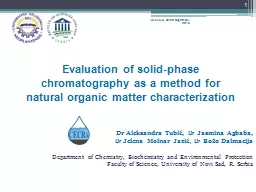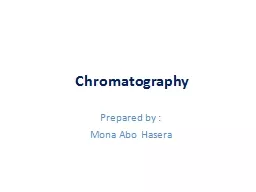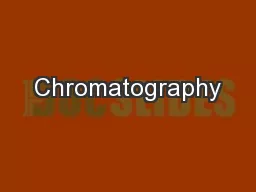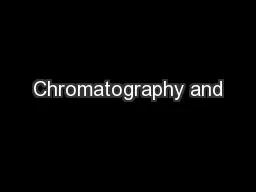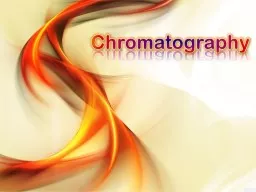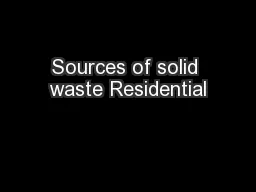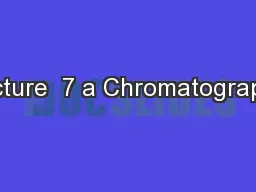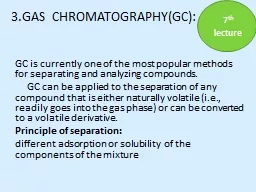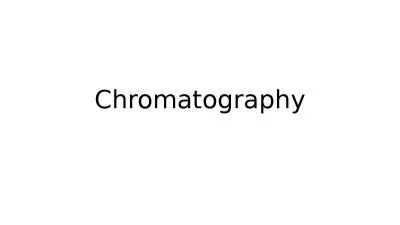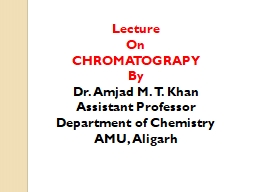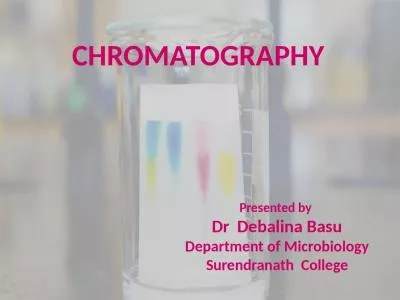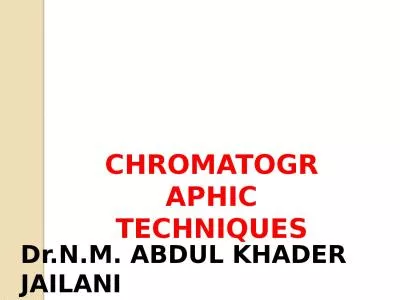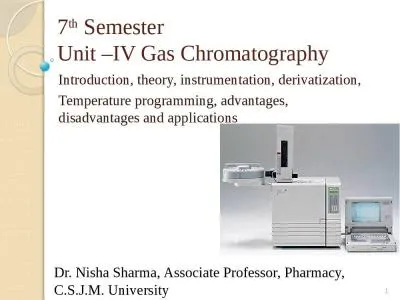PPT-Evaluation of solid-phase chromatography as a method for natural organic matter characterization
Author : grewhypo | Published Date : 2020-08-07
Dr Aleksandra Tubić Dr Jasmina Agbaba Dr Jelena Molnar Jazić Dr Božo Dalmacija Depart ment of Chemistry Biochemistry and Environmental Protection
Presentation Embed Code
Download Presentation
Download Presentation The PPT/PDF document "Evaluation of solid-phase chromatography..." is the property of its rightful owner. Permission is granted to download and print the materials on this website for personal, non-commercial use only, and to display it on your personal computer provided you do not modify the materials and that you retain all copyright notices contained in the materials. By downloading content from our website, you accept the terms of this agreement.
Evaluation of solid-phase chromatography as a method for natural organic matter characterization: Transcript
Download Rules Of Document
"Evaluation of solid-phase chromatography as a method for natural organic matter characterization"The content belongs to its owner. You may download and print it for personal use, without modification, and keep all copyright notices. By downloading, you agree to these terms.
Related Documents

